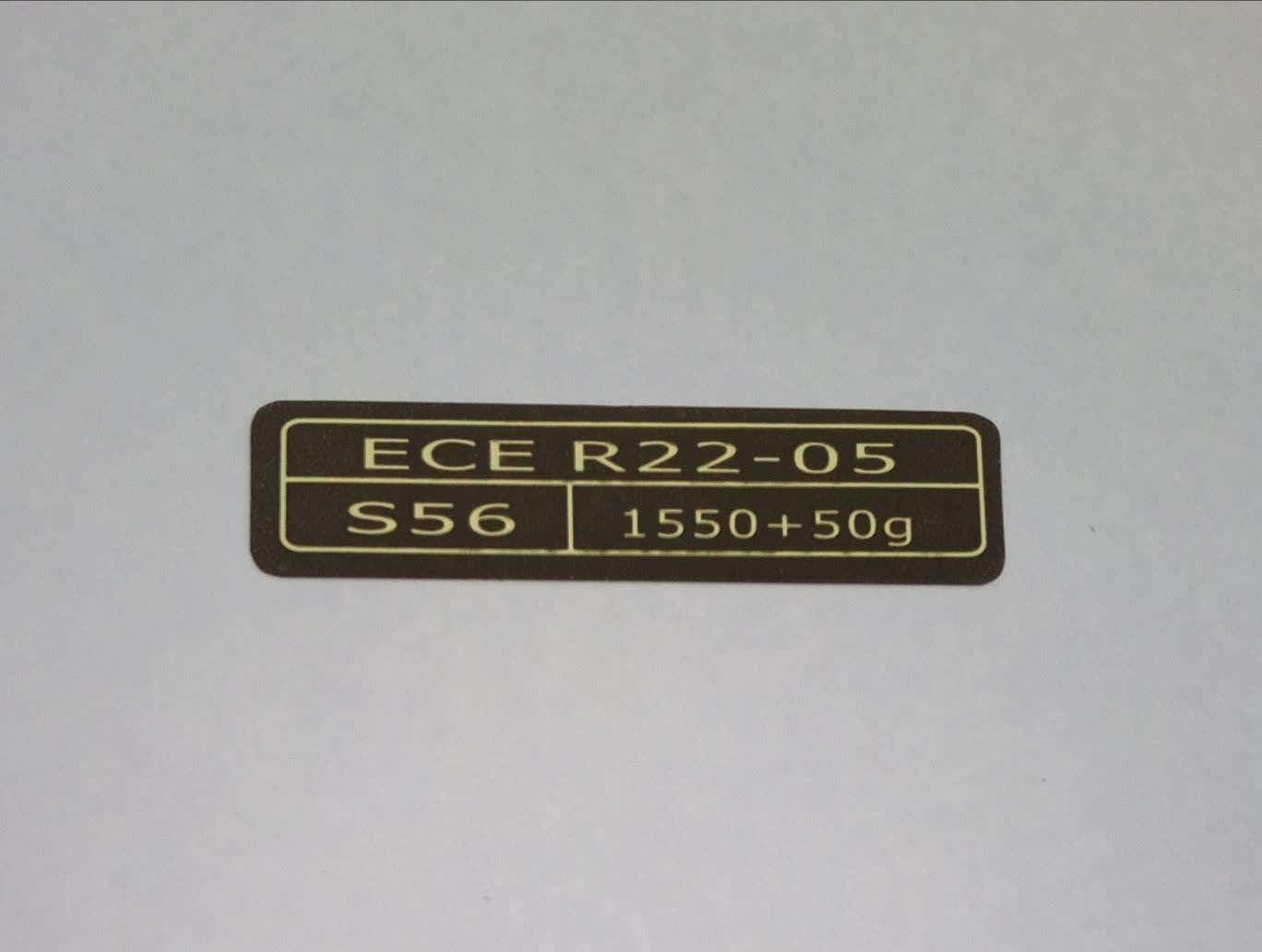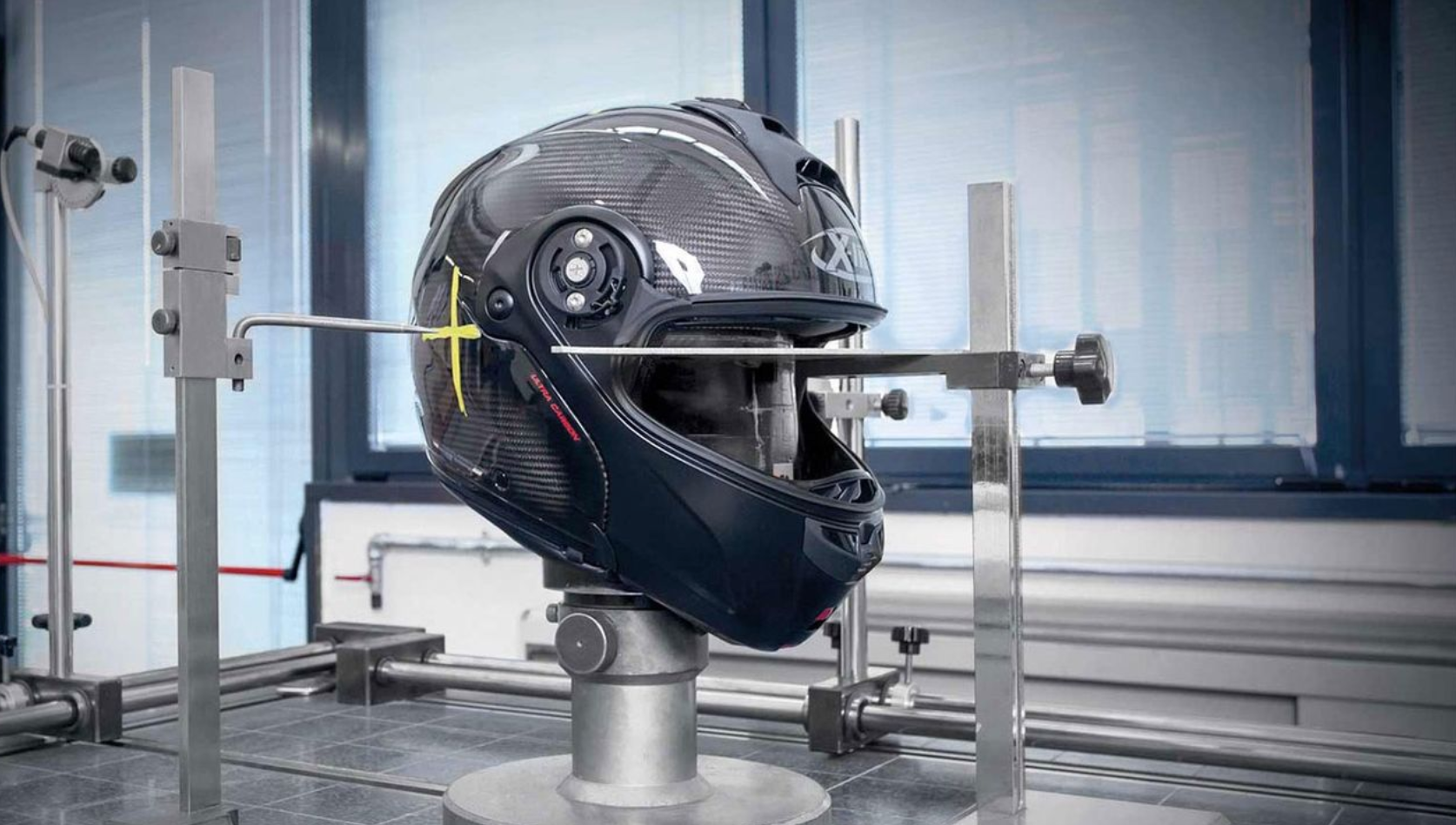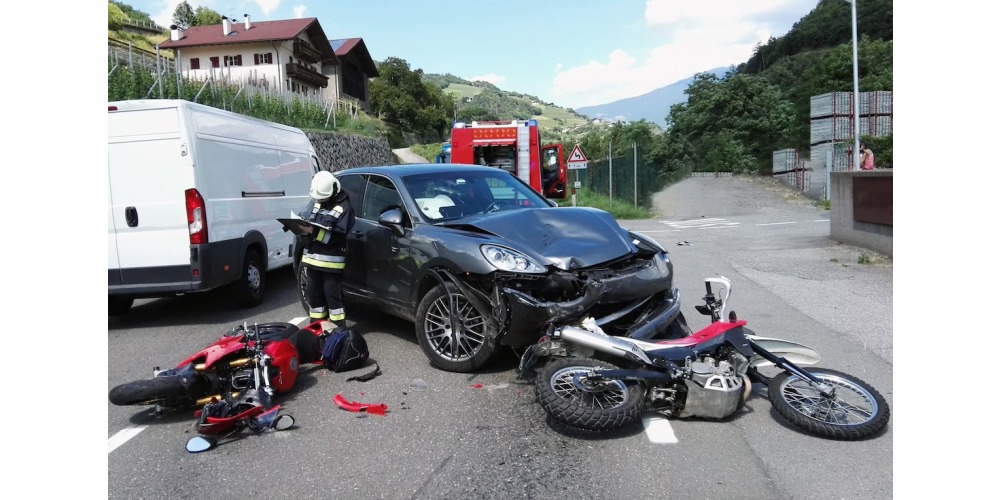We all take for granted that the helmets we buy from reputable retailers, such as ourselves, have passed a set of tests that make them useful to you in the event of a crash. It’s possible to buy cheap, fake and dangerous helmets but what makes a ‘proper’ helmet a ‘proper’ helmet? The basic regulation, set by the Economic Commission for Europe, has been updated for the first time in 20 years so it’s high time to see what goes into making a helmet safe.
First things first, we aren’t going to be hit by some radical changes on this at the end of the year as the Economic Commission for Europe, or ECE, isn’t part of the EU but actually part of the United Nations. You may have heard of others ones such as DOT in the USA, and its fair to say these standards have got some serious sway with how helmets get made and where they can be sold and used legally.
So ECE 22.06 is the new standard that you’ll start seeing on your helmets potentially from this year (older 22.05 helmets can be sold until the middle of 2023), but what does it mean?


It’s fair to say that helmets, amongst many other things, have changed a fair bit in the past 20 years. New materials, manufacturing processes and technology mean that features that simply didn’t exist in the year 2000 are now commonplace; these need to be accounted for to avoid the risk of the regulations becoming irrelevant, or worse a hindrance to progress. Flip-front helmets, internal drop-down sun visors and intercoms weren’t readily available in the way they are now and can have a major impact on how safe a helmet is.
The older 22.05 testing involved a dummy head fitted with accelerometers being dropped inside helmets straight onto anvils to measure force transfer. It’s not to say this is worthless, however there are ways of improving this testing hugely as it’s simply not representative of what might happen in a crash.


22.06 expands massively on these simple drops tests by introducing rotational tests to assess how a helmet performs when it’s hit by something at an angle – suffice to say you’re not consistently going to squarely hit something with your head. A well-fitting helmet will have a reduced chance of twisting on your head, allowing it to dissipate the blow more effectively.
Further testing takes into account the rise in use of flip-front or modular helmets. A common worry for riders is the durability of such features and, in fairness, it’s a valid concern. The new testing will specifically test the chin bars of these kinds of helmets with impacts to prove their structural integrity so you can be more confident that your flip-front helmet will hold up to a face-first impact. Likewise, official accessories such as sun visors and intercoms will also be tested to ensure they don’t affect the crash protection afforded by the helmet.


As with every new standard, no matter how positive, well thought or well-intentioned there are always potential downsides. In this case there is a risk, although unconfirmed as yet, that this new standard will bump up the costs of some helmets, however if this is the only consequence then it’s fair to say it could be an awful lot worse. For premium brands already exceeding the new standards then it’s fair to say we shouldn’t see an increase in price, while for basic brands that meet standards and nothing more then you’ll see them forced to up their game and potentially up their prices too – ask yourself this though, do you really want to wear a helmet that simply ticks the legal boxes rather than affording you the best value and protection possible?
You’ll find that some of the premium brands, such as Shoei and Arai already conduct their own testing that goes above and beyond any national or international test standards, so it’s likely that their helmets are already meeting the required standards of ECE 22.06, or even exceeding them - watch this space as to whether this is actually the case however.


Arai, for example, specifically doesn’t offer flip-front helmets or allow internal sun visors on account of them believing the reduction in shell integrity isn’t worth the increase in convenience. Shoei have taken the opposite argument – they believe a rider’s comfort is integral to safety as it allows them to concentrate better, thus reducing the risk of an accident. Both arguments are valid and both brands make helmets that will protect your bonce about as well as it can be.
The Bike Stop shop in Stevenage has reopened in accordance with the latest Government guidelines, and we're open for 7 days a week. Our online shop is also still alive and well and taking orders. We’re even doing a 10% off promotion – just enter the code ‘TOGETHER’ at checkout. You can check out our full range on our website with free delivery for any order over £50 on the UK mainland, and delivery possible to almost anywhere else. Not only that but our ‘No Quibble’ returns policy allows for returns within a 365 day period – see our returns page for more details.





